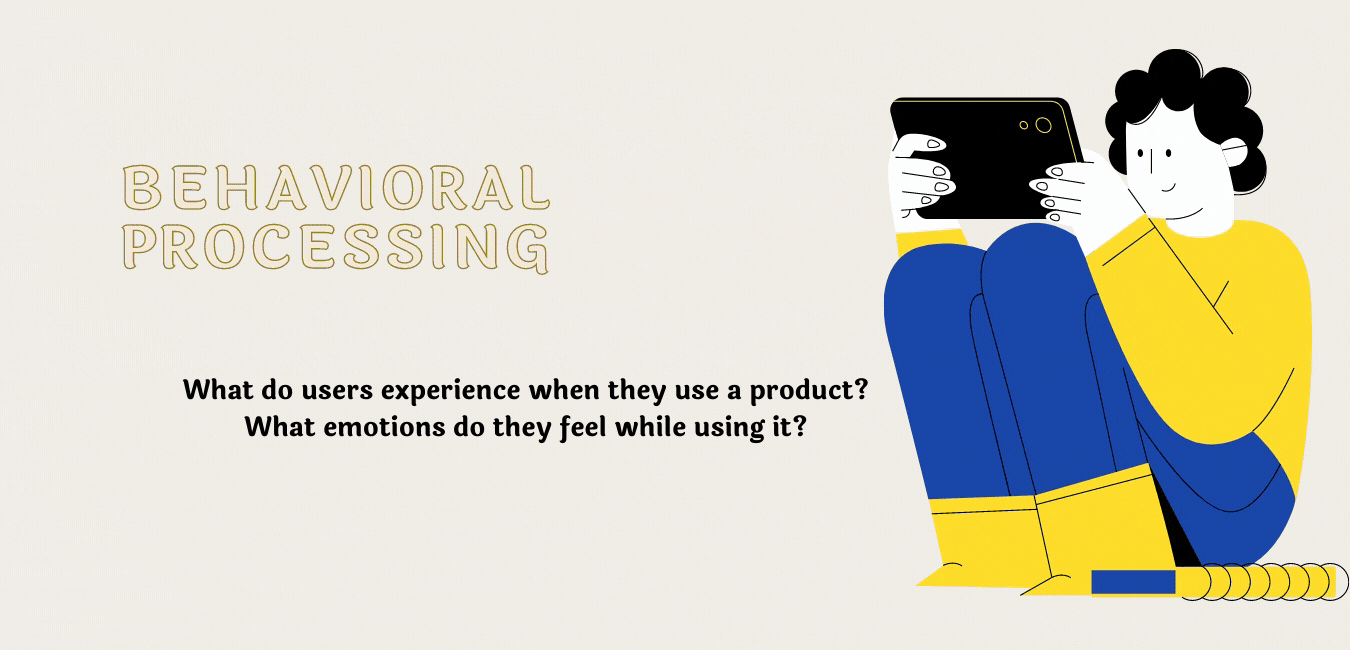Designing for Visceral, Behavioral, and Reflective Processing
Products are Designs, and we experience them at different levels. Do you remember the first time you saw the phone you’re currently using? Maybe it was in an advertisement or maybe it was in the store and it looked so good that you couldn’t get your eyes off it, and you just had to buy it! That’s how I felt immediately I saw the MacBook Air 2020 on the Apple website! The gold color literally said “buy me now!” and that’s what I’m using to write this article!
The first experience people have with a product is called Visceral Processing. The aim of getting people to at least fall in love with a product, at first sight, is to make sure that it’s aesthetically appealing to your select target audience. Visceral processing occurs before any deep processing. Before people start gathering deeper information regarding the product, you want to have their attention by creating an emotional connection with the target audience at the first glance of the product. For instance, if you’re designing a smartwatch for kids between the ages of 6 to 10, you would want to have popular games that this age group plays in the advertisement or packaging of the watch because this would attract kids to one of the features, which is playing their favorite games. Visceral design is based on aesthetics and aesthetics is about representing your understanding of the intended users and how they’ll use the product.
Aesthetics is about representing your understanding of the intended users and how they’ll use the product
Now that you’ve gotten the attention of your target audience, you definitely want them to buy or use the product, so you’ll want to make sure the user experience of the product is flawless, or almost flawless! The experience people have when using a product is called Behavioral Processing.
When designing the user experience of a product, you’ll have to consider the visible interactive elements. What are the operable parts of this product? Are they easy to find and use? How well does the design of this product accommodate experienced and inexperienced users? Can users quickly and easily achieve their desired tasks on this product? Taking all of these into consideration builds the emotions the user is going to have while using the product. For the smartwatch we mentioned, when kids are using it, do they feel satisfied or frustrated? The behavioral level refers to the level of emotion as a result of either accomplishing or failing to complete our goals.
After a few times of using my MacBook, I literally couldn’t stop talking about all the cool things I could do with it to all my friends! People usually share their positive experiences of a product with others and as a designer, you want people to say great things about your product. Reflective Processing is how users interpret their personal experiences with using a product. For a kid that used our smartwatch with the cool games, if they had a delightful experience using it, they’re definitely going to tell all their friends at school about it, which may influence others to buy the watch. This is where storytelling plays a role in design! You want users to have a good story to tell about your product. Reflective Design is really about considering the feelings, emotions, and thoughts that people have after using a product.
When we approach designing products, we must consider all three levels of processing to give users a great experience from the initial moment they encounter a product till the moment after using the product. To learn more about Storytelling in Product Design, read my article about it.


